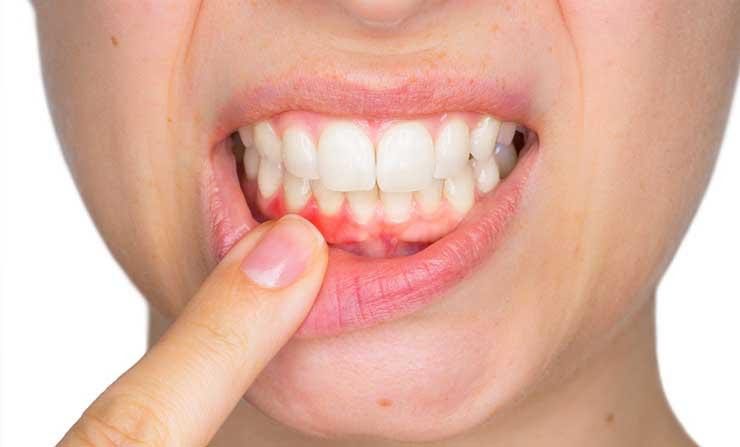The significance of oral health can be understood when an issue is sustained. It can lead to plaques, decay, teeth loss, and the most detrimental condition in this list is periodontal diseases. It is a gum infection caused by increased bacterial growth and can lead to the obliteration of surrounding tissues. Without prompt intervention, this condition can lead to other health problems, such as diabetes, stroke, and cardiovascular disease. This is why services from periodontists in Coral Springs becomes evident and essential. With their treatments, these complications are effectively eliminated.
Critical Causes
Plaques are the most common cause of gum infections. Bacterial germs in these plaques start to deteriorate the bone and connective tissues that hold a tooth in its place. Over time, inflammation caused by this infection deepens and creates pockets around a gumline. This will eventually result in edentulism and gum recession.
Along with plaques, other illnesses can also cause this condition. It includes ailments like cancer or HIV that interferes with the body?s ability to defend against bacteria. Diabetes is also a reasoner, as it affects blood sugar levels and increases the feasibility of developing periodontitis.
Symptoms to Note
Periodontal diseases are identified by some symptoms that are often painless. At its early stages, people may experience bleeding before or after brushing. This will develop into red or swollen gums, along with the recession. Persistent bad breath is also a frequent indicator among many people. At its severe stage, this ailment can lead to deep pockets between teeth and gums. Even if people didn?t notice any such symptoms, there might be a risk of this condition in a specific tooth like a molar. Consulting with a periodontist helps to diagnose and treat its progression promptly.
Diagnosis Methods
During clinical evaluation, specialists review patients? medical history to assess a condition?s severity. They will check for any adverse habits like smoking, tobacco consumption, or even the intake of certain medications that can lead to the formation of pockets. Then, practitioners take X-rays to check for any bone loss in that area and any illness.
Examining a mouth helps to look for any plaque or tartar buildup. If any pockets are found, they will use a dental probe to measure its depth. In a regular case, it measures one and three millimeters, so anything deeper than that can be considered as a periodontist.
Treatment Options
If a condition hasn?t reached its advanced stages, periodontists administrate non-surgical methods for a cure. During a scaling, practitioners will use a handheld tool or an ultrasonic device to remove tartar or bacteria from a tooth and gum?s surface. Apart from this, root planing smooths enamel and prevents further development of bacteria that contributes to inflammation.
Oral antibiotics can also help to control infection presence. It includes anti-bacterial mouth rinses and insertion gels that are placed into the deep pockets. Therefore, it eliminates the complete presence of any germs around the gums.
As for surgical treatments, flag procedures involve making tiny cuts on a tissue and lifting it back for better access to pockets. Then, periodontists will perform scaling and root planing, before suturing back the tissues in place.
Bottom Line
Adequate hygiene measures like brushing and flossing can prevent these complications. In that sense, individuals can prevent this condition or even get sufficient treatment from a trained periodontist to attain complete recovery.










